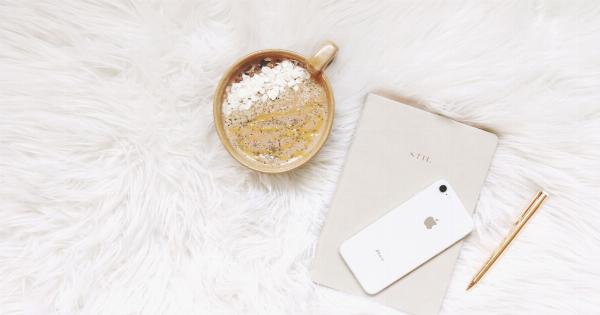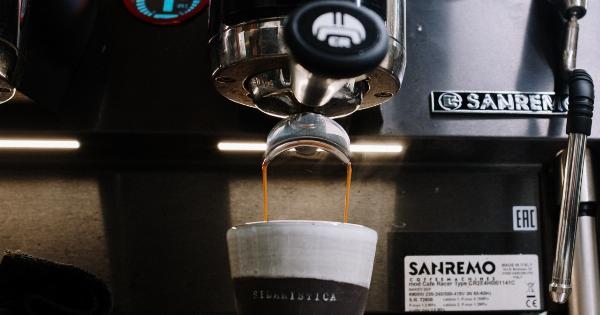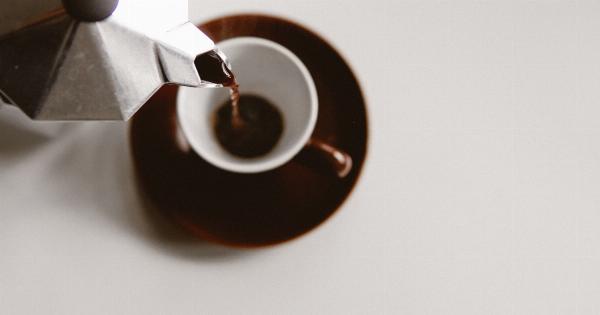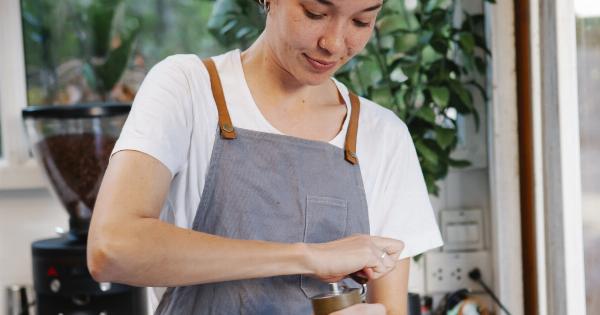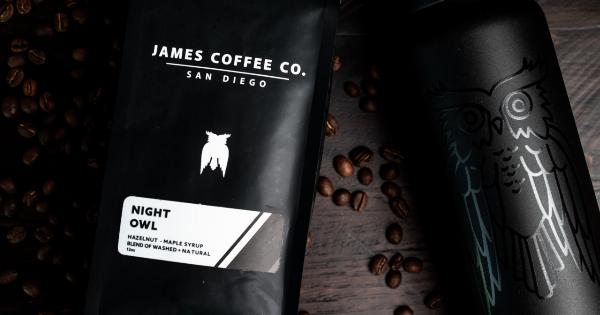Coffee is the lifeblood of millions of people all over the world. It’s a warm, tasty beverage that can be enjoyed at any time of the day and is the perfect pick-me-up to start the day.
However, what many people don’t know is that there is a secret to how coffee gets its thick texture that many of us have come to know and love. In this article, we’re going to explore this secret and delve into the world of coffee in detail.
Coffee Beans
The coffee bean is the starting point of the coffee-making process. Coffee beans are grown all over the world in places such as Africa, Latin America and Asia.
They grow on trees in a variety of different colors and sizes depending on the location they are grown in. Once the coffee beans have been picked, they are roasted to bring out their unique flavor and aroma.
Coffee Grinding
Once the coffee beans have been roasted, they need to be ground up. Coffee grinding is a crucial part of the coffee-making process as it releases the oils and flavors from the coffee bean.
Grinding the coffee beans into a fine powder also creates a larger surface area for water to act on, facilitating the extraction of flavor.
Water
Water is a fundamental part of the coffee-making process. It is essential to bring out the flavors of the coffee beans and to create that familiar, thick texture we all love.
The temperature of the water is also important for the coffee-making process as it can affect the extraction rate of the flavors and oils in the coffee bean.
Brewing
There are many different ways to brew coffee, and each method has a unique effect on the flavor and texture of the coffee. One popular method is the French press, where a metal or glass container is used to soak the coffee grounds in hot water.
Another popular method is the drip coffee maker, which uses a filter to collect the coffee grounds and hot water in a container below.
Filtration
Once the coffee has been brewed, it is essential to filter out any coffee grounds or particles that may be present. Filtration is an essential part of the process, and it can be done in many different ways, depending on the brewing method used.
Some methods, such as the French press, do not require filtration and let the coffee grounds settle naturally.
Additives
Coffee can be served in a variety of ways, and there are many different additives that can be used to enhance its flavor and texture.
Milk, cream, sugar, and flavor syrups are all popular additives that can be used to customize the taste and texture of the coffee. Each additive has its unique effect on the coffee’s flavor and texture, and experimentation is encouraged to find the perfect combination.
The Secret to a Thick Texture
So, what is the secret to coffee’s thick texture? The secret lies in the presence of natural oils and acids that are present in the coffee bean.
These oils and acids are released during the coffee-making process and combine to give the coffee its thick texture and rich flavor. Grinding the coffee beans into a fine powder also increases the surface area for the oils and acids to act on, further enhancing the coffee’s texture and flavor.
The Science Behind It All
There is a lot of science that goes into the coffee-making process, and understanding the chemistry behind it all is crucial to creating the perfect cup of coffee.
The chemical reactions that occur during the roasting process, the extraction of flavor from the coffee bean, and the interactions between the additives and the coffee are all important factors that affect the flavor and texture of the coffee.
The Bottom Line
Coffee is a fascinating beverage that has been enjoyed by millions of people for centuries. The secret to its thick texture lies in the natural oils and acids present in the coffee bean, and the process of grinding, brewing, and filtration.
Understanding the chemistry behind the coffee-making process is crucial to creating the perfect cup of coffee, and experimentation with different brewing methods and additives is encouraged to find the perfect combination to suit personal tastes.

